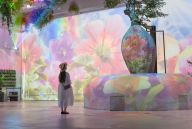From Floats to Fire: Tradition Meets Fun in Kansai’s Summer Festivals
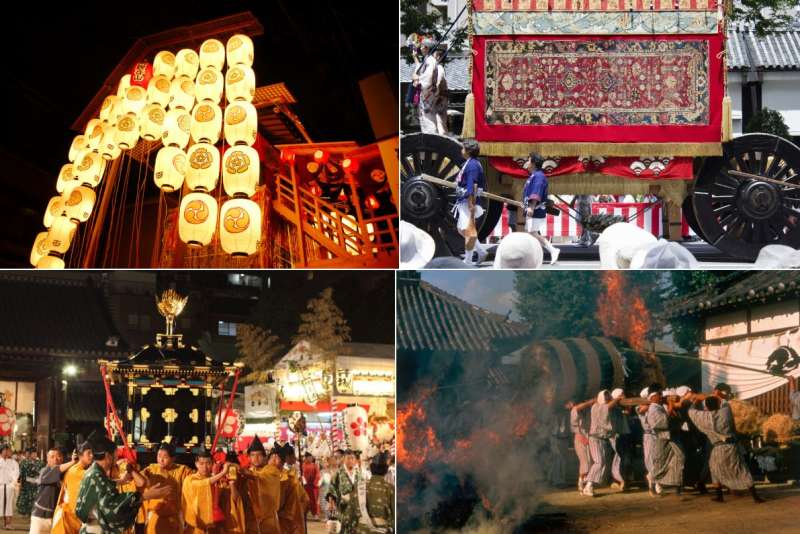
If you visit Japan, you'll want to check out the Japanese festivals and events held in the area you visit. Here are unique festivals in the Kansai area that are scheduled from early to mid-summer.
Summer festivals showcase Japanese history and culture. If you get the chance to attend these festivals, you are sure to have a wonderful and authentic experience, and maybe love Japan even more!
From a graceful procession to amazing fireworks: Tenjin Festival (Osaka)
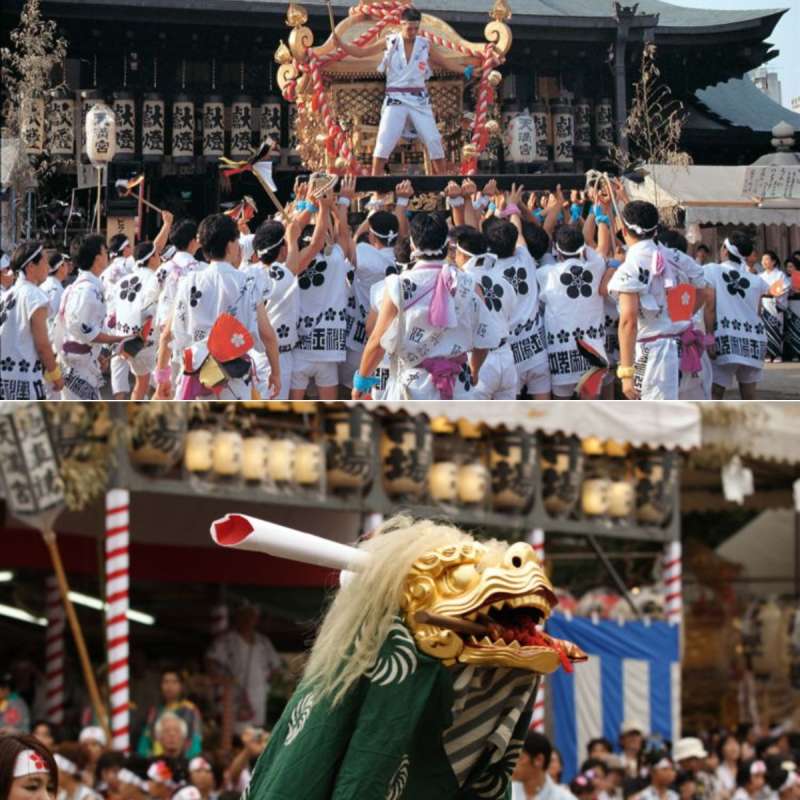
Tenjin Matsuri is a festival held at Tenmangu shrines all over Japan, in honor of Sugawara no Michizane, a deity of education. The Tenjin Festival in Osaka is said to be one of three major festivals in Japan, alongside the Kanda Festival in Tokyo and the Gion Festival in Kyoto. The eve of the festival is on July 24, and the main festival happens on July 25 every year.
The highlights and how to enjoy the festival:
• The day before the eve of Tenjin Matsuri, revelers celebrate Tenjin Matsuri Gyaru Mikoshi. In this event, ladies selected via general application parade down Tenjinbashisuji Shopping Street while carrying a portable shrine that weighs about 200 kilograms. Their destination: Osaka Tenmangu. It’s a lively atmosphere with a palpable Osaka-like energy.
• Another highlight is Rikutogyo, which is held on the day of the main festival. Sporting colorful costumes, a group called Kou (priests and worshipers of Osaka Tenmangu) marches about 4 kilometers in an elegant procession.
• Dedication fireworks are lit on the night of the main festival. Around 3,000 fireworks are launched from two locations on the opposite side of the river, bringing the festival to a climax!
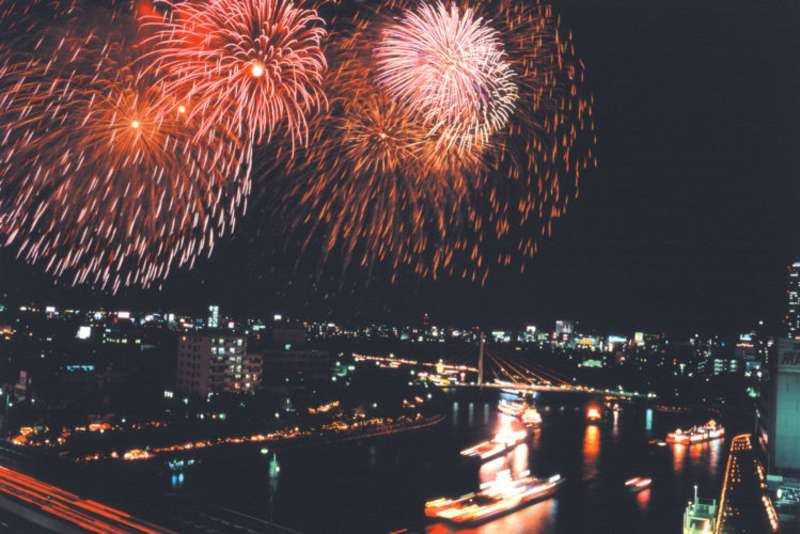
Event Date: July 24 to 25 (Please check the official website for the latest schedules and information.)
Location: Osaka Tenmangu, 2-1-8 Tenjinbash, Kita-ku, Osaka. Near Sakuranomiya Park
Access: Take the train and get off at Minamimorimachi Station on the Osaka Metro Tanimachi Line / Sakaisuji Line, or Osaka Tenmangu Station on the JR Tozai Line. Walk for about 5 minutes.
Don’t miss the parade of moving museums: Gion Festival (Kyoto)

When an epidemic broke out in various areas of Japan in the year 869, 66 halberds (pole weapons) were set in the huge Shinsen-en Garden of Heiankyo (then the capital of Japan) in honor of the 66 countries at the time, and the deity of Gion was enshrined. According to stories, people sent a portable shrine and prayed for the elimination of disasters. Since then, various Shinto rituals and events have been observed every July.
The highlights and how to enjoy the festival:
• Expect 23 floats on the pre-festival on July 17 and 10 post-festival floats on July 24. It’s been said that the origin of the festival was to parade through the town to calm the deity of diseases that causes disasters. Incidentally, Kyoto Gion Festival Yamahoko has been registered as a UNESCO Intangible Cultural Heritage.
• From July 14 to 16 and July 21 to 23, floats and stalls are lined up along the streets stretching from north to south with Shijo-dori as the border. When the sun sets, lanterns are lit and floats are illuminated. At night, watching the festival while Gion music plays creates a charming atmosphere. You are sure to appreciate the appeal of Japanese festivals more.
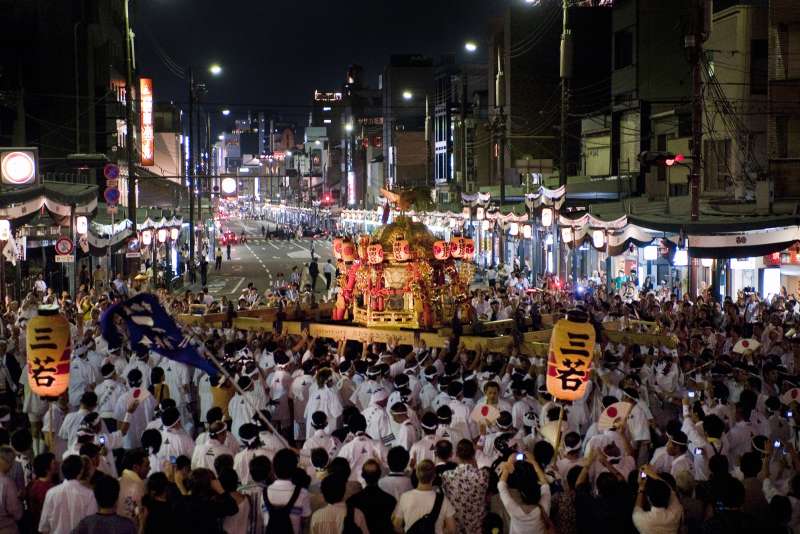
Event Period: July 1-31 annually. Yamahoko (float or moving museums) Parade is on July 17; the main festival is on July 24. (Please check the official website for the latest schedules and information.)
Location: Yasaka Shrine, 625 north Gion-cho, Higashiyama-ku, Kyoto
Access: Approximately 5 minutes on foot from Keihan Gion-Shijo Station, or approximately 8 minutes on foot from Hankyu Kawaramachi Station
Light a torch and carry it around shrine precincts: Horanya Fire Festival (Nara)
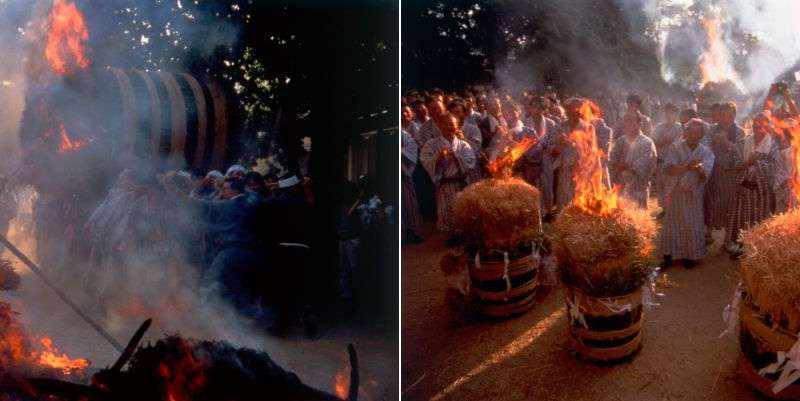
The Horanya Fire Festival is an event designated as an Intangible Folk Cultural Property of the prefecture. This fire festival is held every August 15 at Hachiman and Kasuga shrines. A total of 16 torches, large and small, are dedicated to the shrine from the five districts in Higashibojo-cho, Kashihara City, and the adjacent Furukawa-cho.
The torches used for the festival are handmade in each district a day before or on the morning of the festival. How the torches are made follows the tradition inherited in each district. The method of winding the rope when knitting bamboo and the combination of wheat straw and rapeseed shell are also unique to this festival.
The highlights and how to enjoy the festival:
・ The sight of many villagers igniting the torches and carrying them around the Hachiman and Kasuga shrines is unforgettable!
・ The Taimatsu is a large torch with a diameter of 1.5 meters, a height of 3 meters, and weight of about 450 kilograms. Because they’re so heavy, they’re supported by a carrying rod called an Oko, and require 30-40 people to lift them.
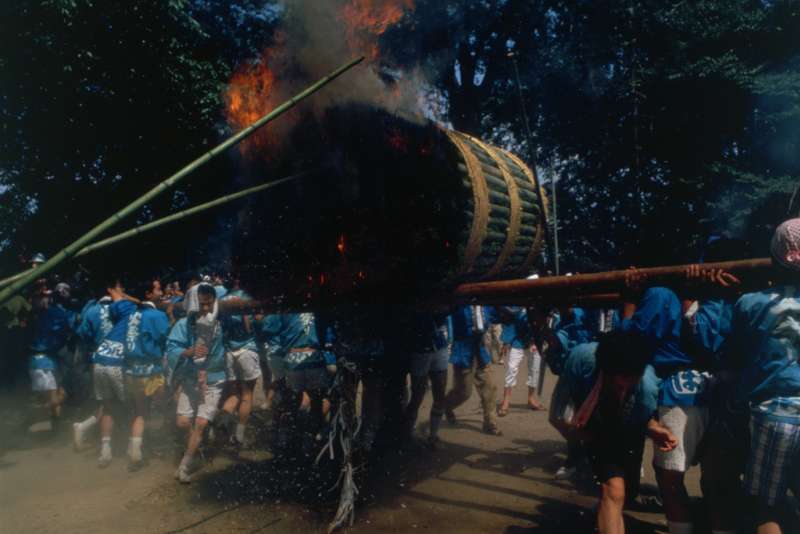
Event Date: August 15 (Please check the official website for the latest schedule and information.)
Location: Kasuga Shrine (60 Kasuganocho, Nara City) and Hachiman Shrine (857 Higashibojocho, Kamahara City)
Access: (Kasuga Taisha) Approximately 8 minutes on foot from Kintetsubojo Station
(Hachiman Shrine) Approximately 4 minutes on foot from the Kintetsubojo Station
Three more reminders:
1. Popular festivals are crowded, especially at their start and end. Be sure to check access to the venues carefully. Expect mass transportation to be busy too. Buses and trains will be packed, and taxis difficult to catch. Travel to and from the festival venue a bit earlier so you don’t need to rush.
2. If you are attending with a group or traveling with kids, designate a meeting point in case any of you gets lost. Also, watch out for pickpockets and baggage thieves.
3. When watching summer festivals, take measures against sunburn and heat. The festivals are mainly outdoors, so pack sunscreen, sunglasses, and cold drinks. Consider a leisure sheet as well, so you can sit on a park bench when you need a break.
The average maximum temperature in July in the Kansai region is about 30°C, and in August it is about 36°C. Since the landscape of Kyoto is a basin, the humidity is particularly high and hot, and humid days continue through the summer. However, in Osaka and Kyoto, it is a summer tradition to cool down by the riverbed.
Refer to the following for more information on the facilities mentioned in this article.
About Kansai Travel passes and Hotels
https://www.japan.travel/en/my/enjoy-smart-trip-travel-passes/dont-miss-out-3-convenient-passes-going-around-kansai-region/
https://www.japan.travel/en/my/little-splurge-travel-2/2-top-pick-kansai-classic-luxury-hotels-are-loved-japanese-peopl/
About sightseeing around Osaka
Osaka
https://www.japan.travel/en/destinations/kansai/osaka/
https://osaka-info.jp/en/
https://osaka-info.jp/en/page/osakatemmangu-tenjimmatsuri
Kyoto
https://www.japan.travel/en/destinations/kansai/kyoto/
https://kyoto.travel/en/
http://www.yasaka-jinja.or.jp/en/
Nara
https://www.japan.travel/en/destinations/kansai/nara/
https://www.visitnara.jp/















































